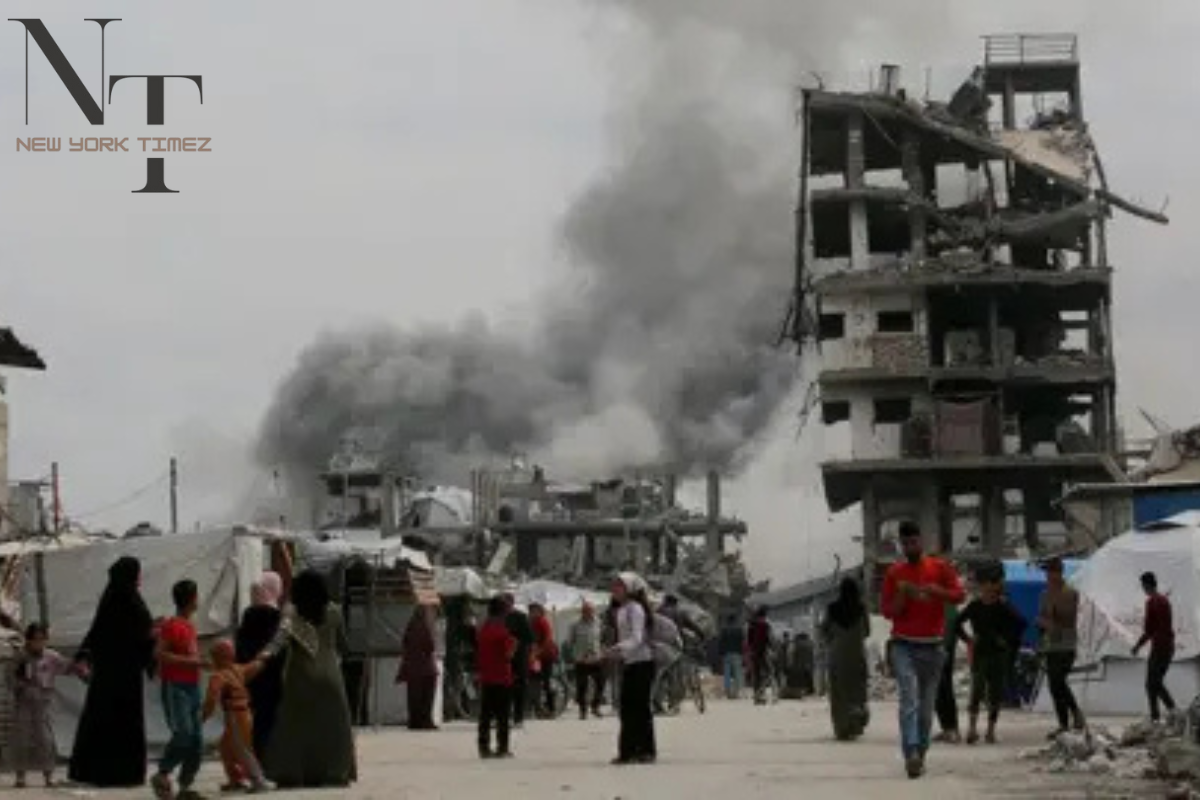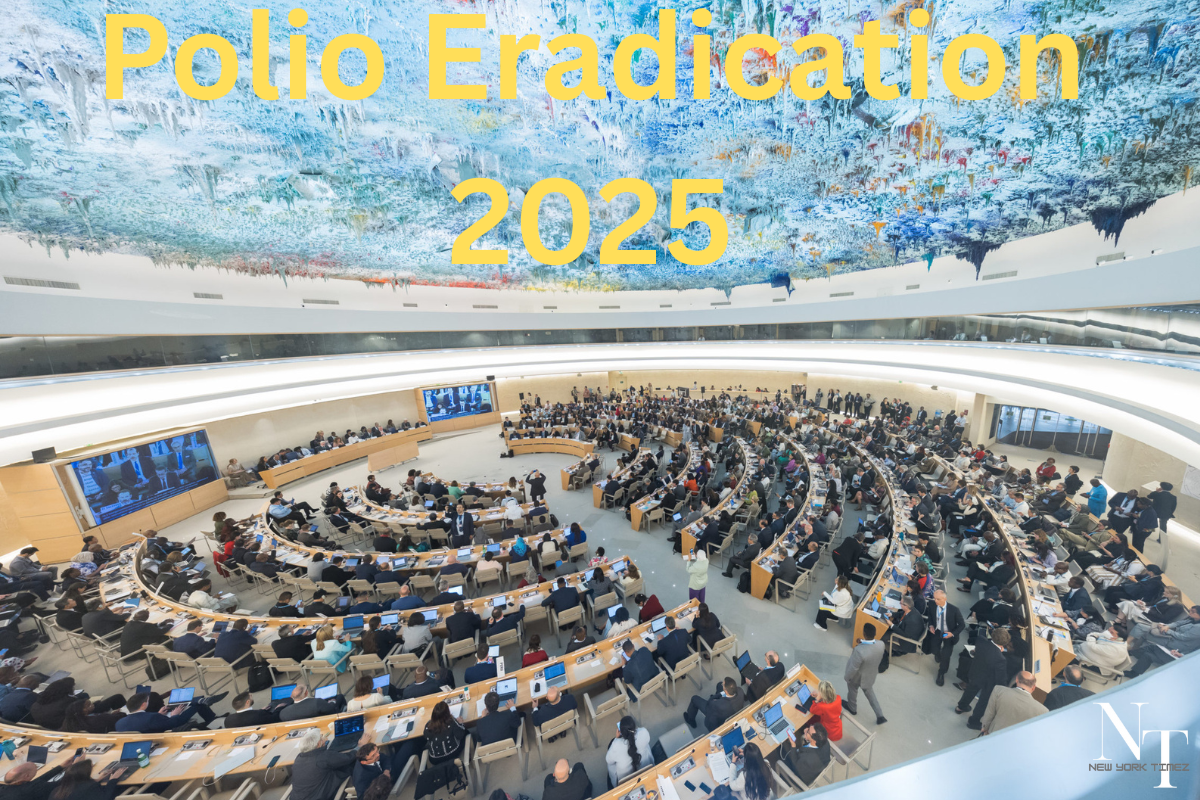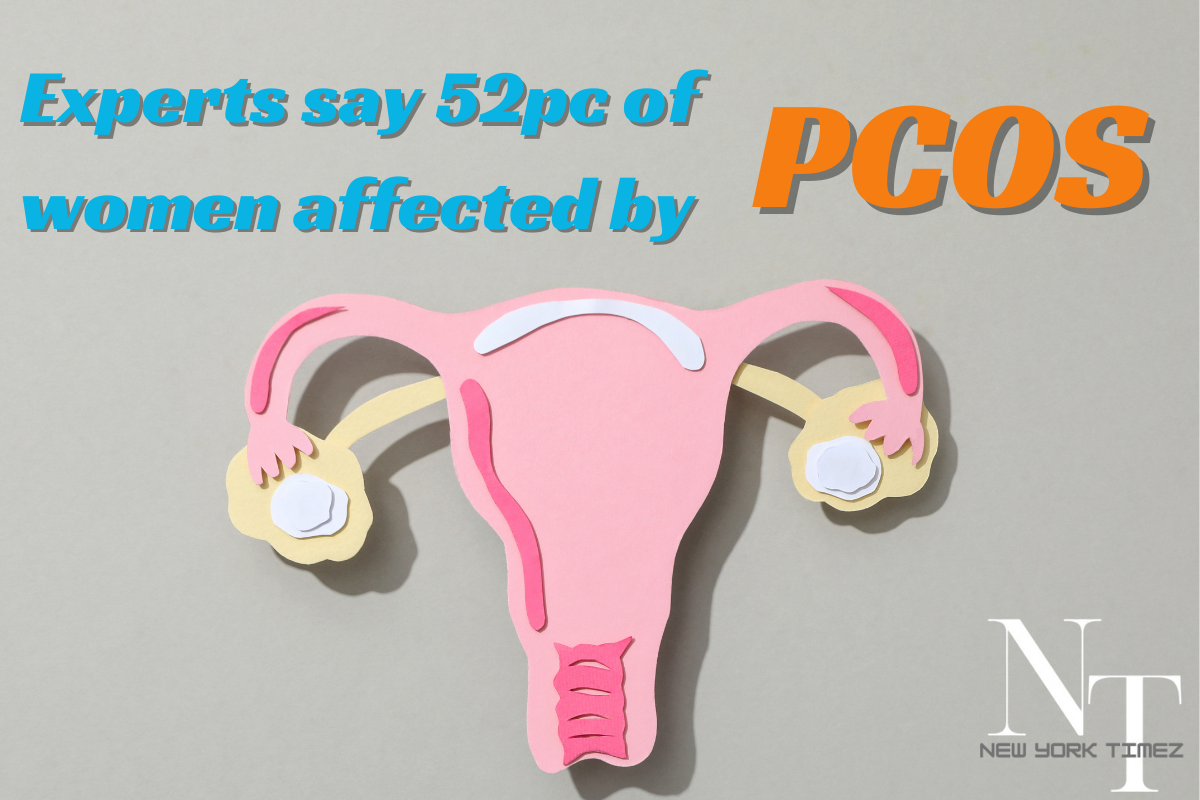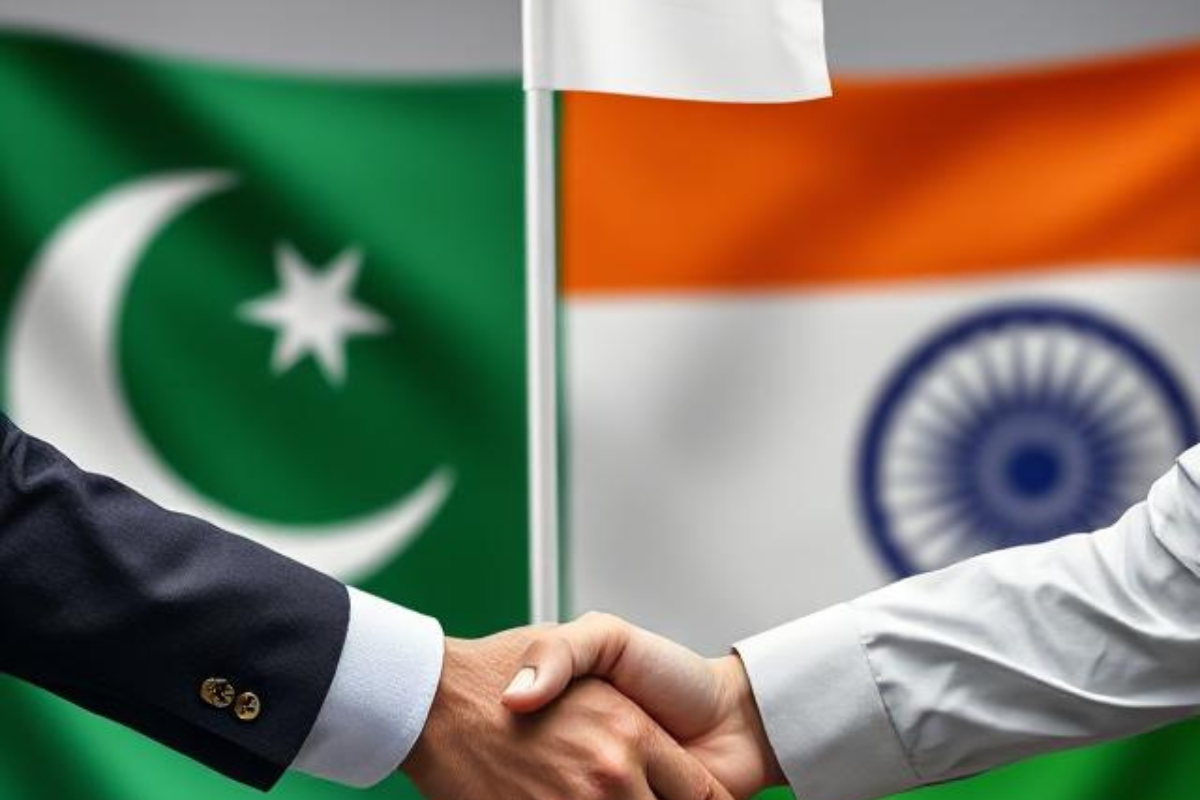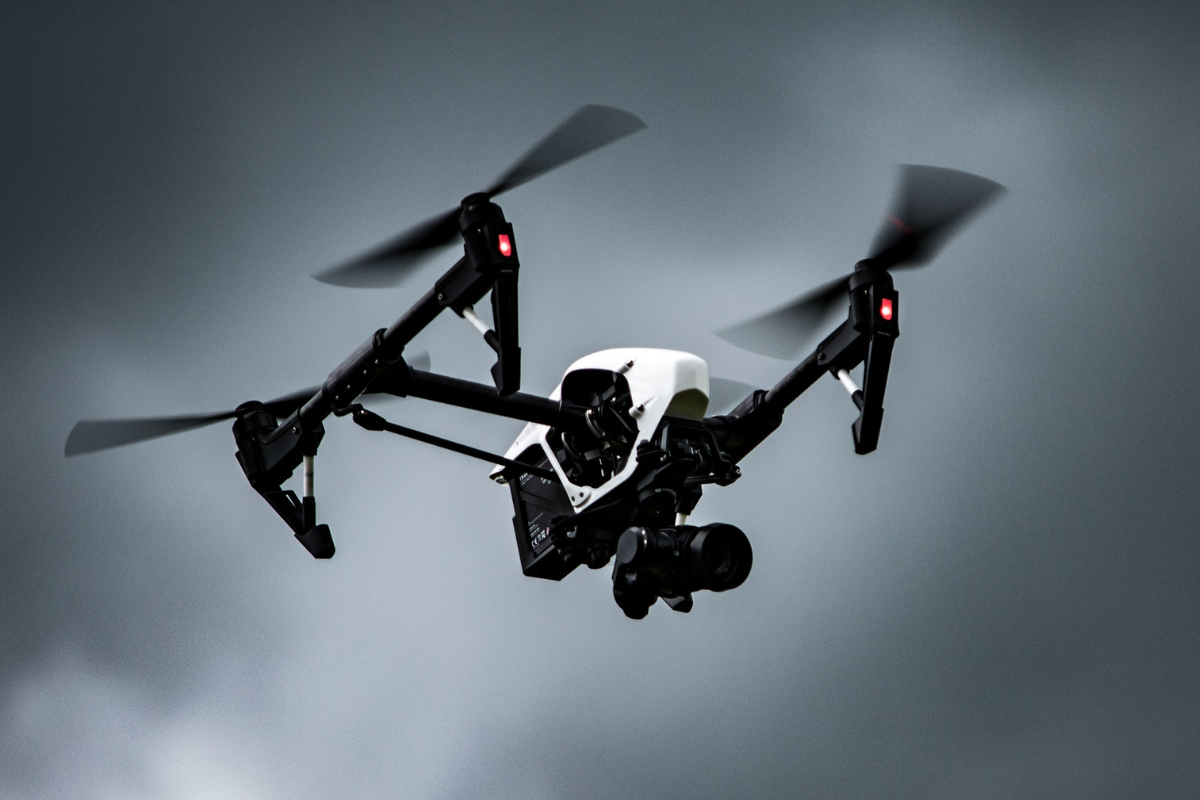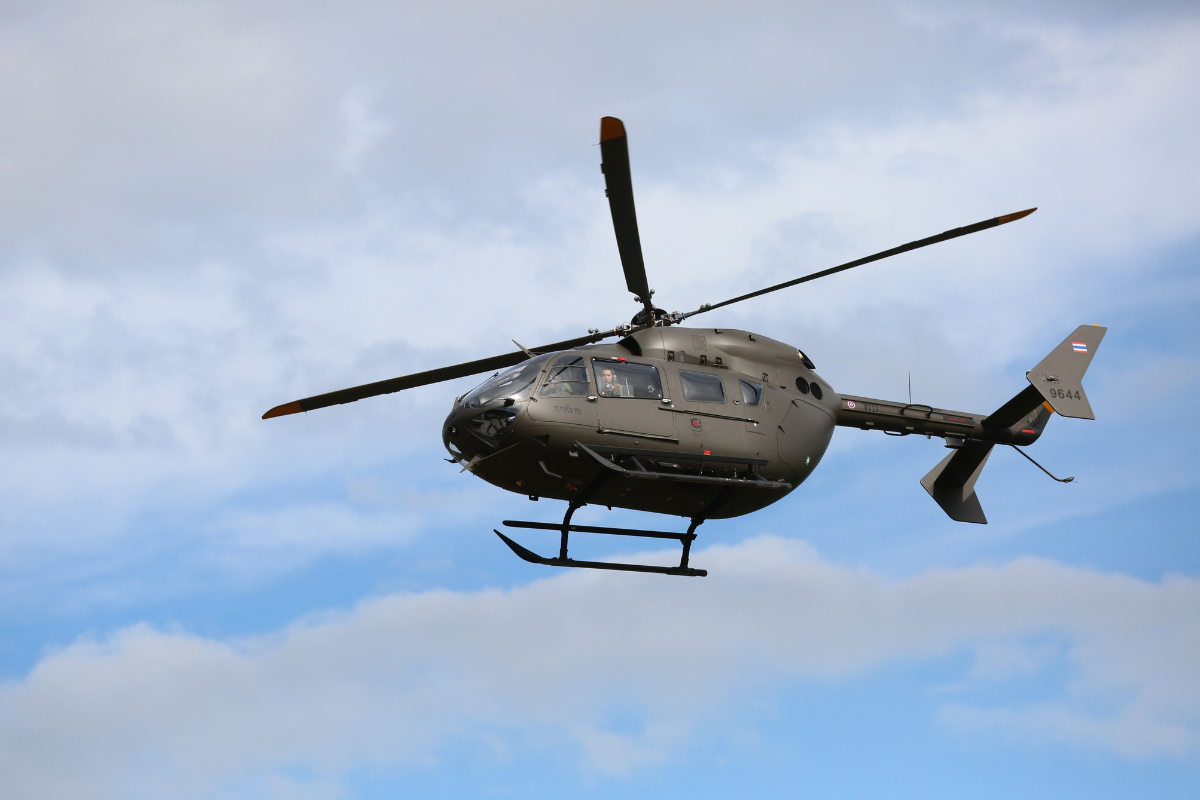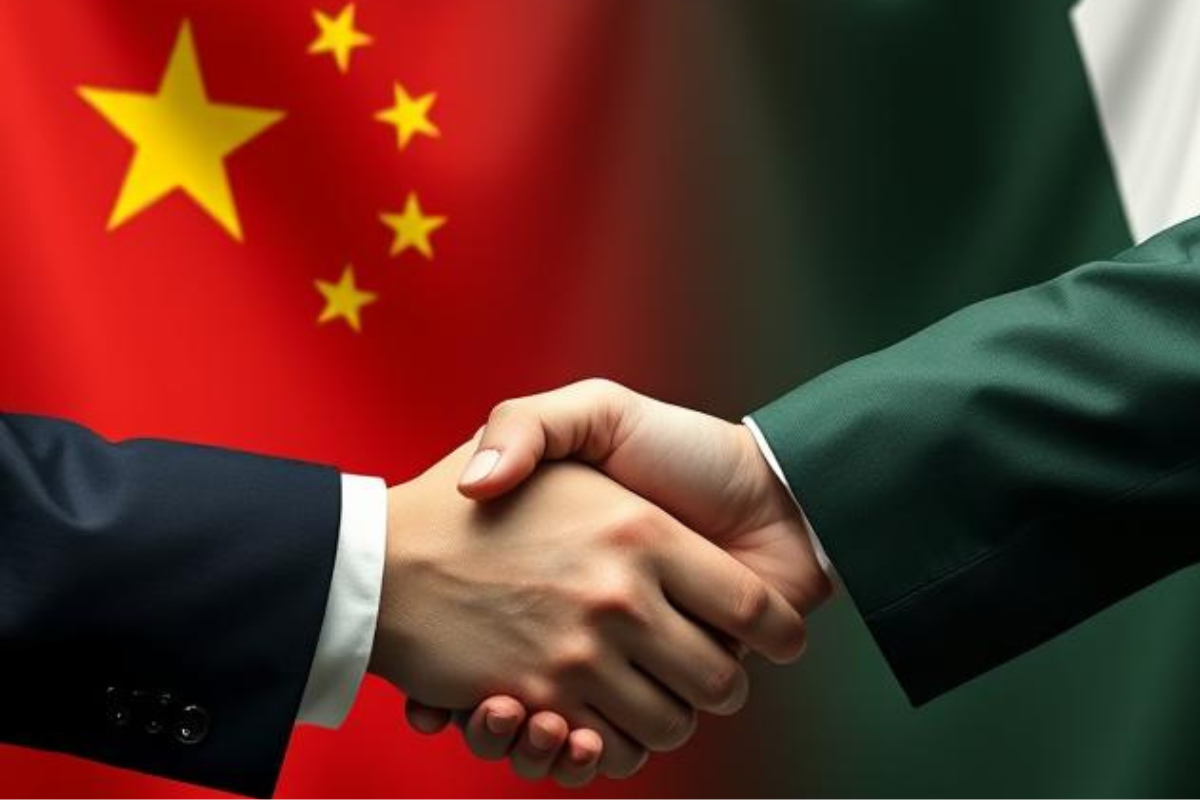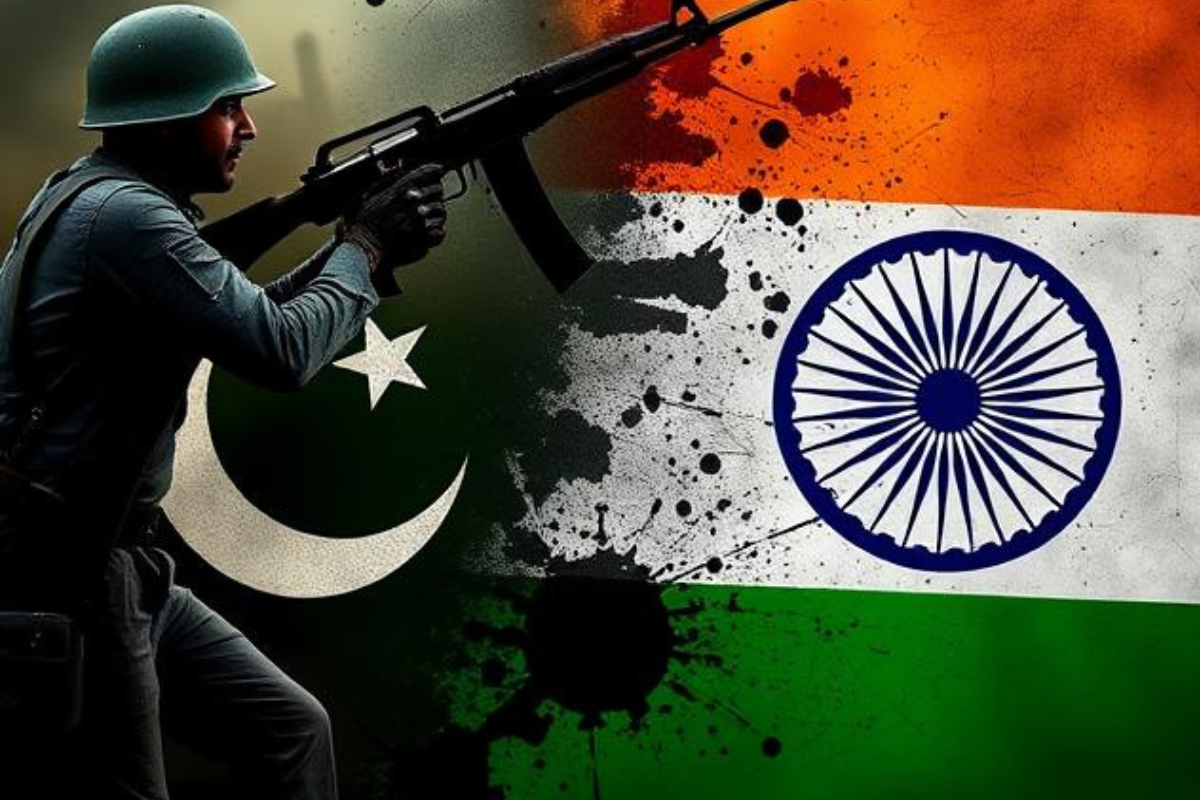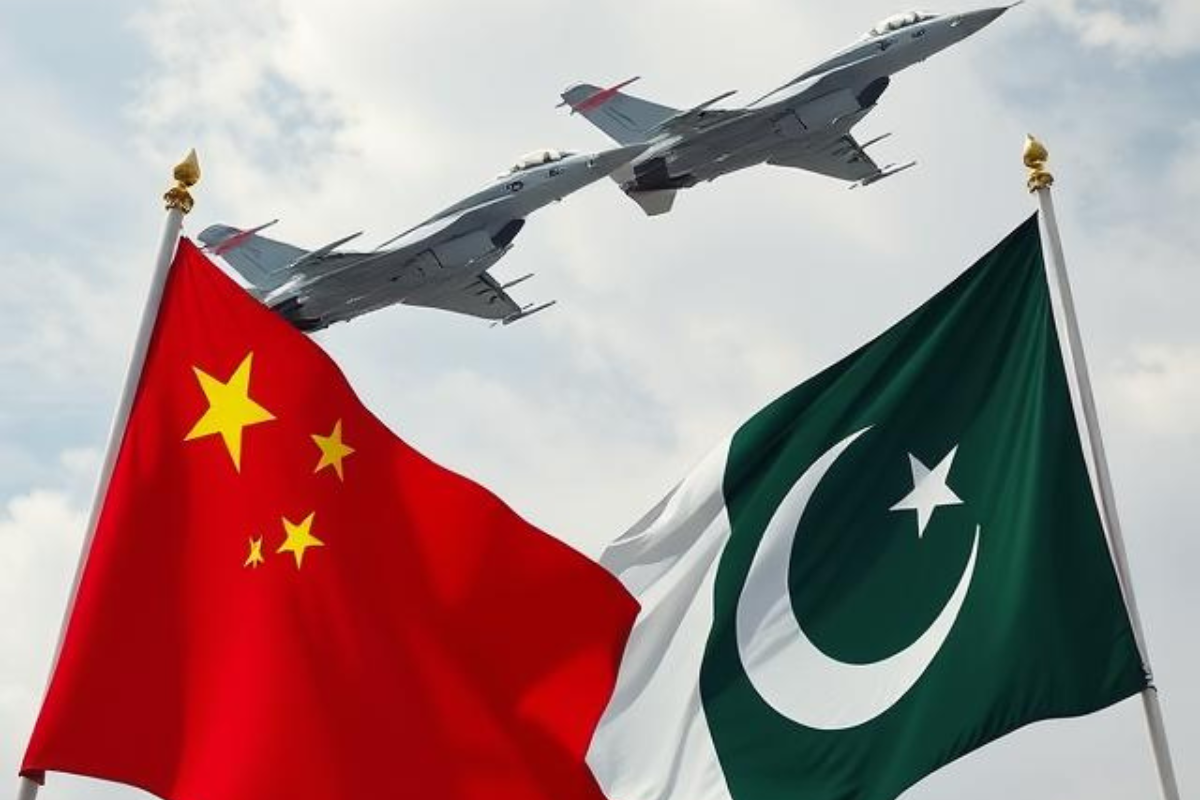
Pakistan’s Chinese Jet Shoots Down Two Indian Fighter Jets: What You Need to Know
Introduction: Breaking News
On May 8, a significant event took place in the ongoing tensions between India and Pakistan. According to reports from U.S. officials, Pakistan’s advanced Chinese-made fighter jet, the J-10, shot down at least two Indian military aircraft. This is a major development as it marks the first time that a Chinese fighter jet has been used in such a direct confrontation between these two nations.
This event is being closely watched by military experts around the world, especially in the context of the growing tensions between India and Pakistan. Additionally, it’s also drawing attention to the capabilities of China’s military technology, particularly its advanced fighter jets, which could have significant implications for future global conflicts, including the situation in Taiwan and the wider Indo-Pacific region.
Key Facts: What Happened?
The Shootdown Incident:
Two U.S. officials, speaking to Reuters on the condition of anonymity, reported that Pakistan used the Chinese-made J-10 fighter jet to launch air-to-air missiles at Indian military planes. This attack led to the destruction of at least two Indian aircraft.
The U.S. officials, though not directly involved, provided an insightful look into the technical side of the confrontation. One of the officials expressed confidence that the J-10, a modern, highly advanced fighter jet made in China, was involved in the missile strikes that downed the Indian jets. Another official revealed that at least one of the Indian aircraft destroyed in the attack was a French-made Rafale fighter, which India recently acquired from France.
Interestingly, the U.S. officials also clarified that Pakistan’s F-16 fighter jets, which are made by Lockheed Martin in the United States, were not used in this particular attack. The F-16s are another significant component of Pakistan’s air force and have been used in previous conflicts.
Despite these reports, India has yet to officially acknowledge the loss of any of its planes. Instead, India has claimed that it carried out successful airstrikes against what it termed as “terrorist infrastructure” inside Pakistan.
Global Reactions: Calls for Calm
The shootdown incident has sparked concerns across the globe, especially given the nuclear capabilities of both India and Pakistan. The region is one of the most dangerous in the world, and the potential for a major escalation in hostilities remains high.
World powers, including the U.S., Russia, and China, have called for calm and de-escalation between the two nuclear-armed nations. The situation in the Indo-Pacific region, which already holds geopolitical significance, could become even more sensitive if tensions between India and Pakistan continue to rise.
Trending News: Have India and Pakistan Started a Drone War?
French Rafale and Chinese J-10 Jets: A Major Showdown
One of the key aspects of this incident is the performance of the Rafale and J-10 jets in combat. Both of these aircraft are considered generation 4.5 fighter jets, placing them at the cutting edge of modern military aviation.
The Rafale, produced by Dassault Aviation in France, is a highly advanced multi-role aircraft known for its versatility and firepower. It has been acquired by several countries, including India, and is considered one of the top fighter jets in the world.
On the other hand, the J-10, made by China’s Chengdu Aerospace Corporation, is a modern, highly capable fighter jet that Pakistan has recently integrated into its air force. It is considered one of China’s most advanced aircraft and is now being tested in real combat situations.
Military experts around the world are keen to analyze how these two aircraft performed in the real-world context of a high-stakes military engagement. The outcome of this shootdown could provide valuable insights into the future of air combat, particularly with respect to air-to-air missile capabilities and stealth technologies.
The Role of Air-to-Air Missiles: Meteor vs. PL-15
A crucial element of the confrontation involves the use of advanced air-to-air missiles. The Meteor missile, developed by the European missile group MBDA, is one of the most advanced air-to-air missiles in the world. It is known for its long range and precision, making it a formidable weapon in aerial combat.
On the other hand, the PL-15 missile, which is used by the Chinese-made J-10, is considered a top-tier weapon in air-to-air engagements. It is designed to provide China with a significant advantage in combat, capable of hitting long-range targets with high precision.
Social media posts and defense analysts have drawn attention to the face-off between these two advanced missiles. The battle between the Meteor and the PL-15 will likely be analyzed in detail by military experts across the globe, as both countries, as well as China and the U.S., seek to understand how these weapons perform in real combat.
However, despite the attention being given to the missiles, there are still many unknowns. For example, it’s not clear whether Indian Rafales were equipped with Meteor missiles at the time of the attack, or how they were deployed during the battle.
The Bigger Picture: Military Technologies and Future Conflicts
This event marks a significant moment in the development and deployment of next-generation military technologies. The outcome of the aerial combat between India and Pakistan could provide vital information to military planners around the world.
For example, air warfare communities in countries like China, the U.S., and various European nations will be closely studying the tactics, techniques, and procedures used during the conflict. They will also be analyzing what worked well and what didn’t during the engagement, as well as what kind of military hardware was most effective in the battle.
Douglas Barrie, a military aerospace expert at the International Institute for Strategic Studies, stated that analysts will focus heavily on the real-world performance of these advanced weapons and air combat strategies. Barrie emphasized that understanding what tactics and equipment were used in this confrontation is important, as it may have implications for future major power conflicts.
For now, however, it is too early to draw firm conclusions. As one Western defense industry source put it: “We know so little at this stage. It’s too early to judge anything with certainty.”
Nuclear Tensions: India and Pakistan’s Long History of Conflict
India and Pakistan have a long and turbulent history of conflict. They have fought three major wars since gaining independence in 1947 and have had numerous smaller clashes over issues such as the disputed region of Kashmir.
Both countries are also nuclear-armed, making any military conflict between them even more dangerous. In addition to the loss of life, the potential for nuclear escalation is a constant worry.
The most recent conflict has already led to increased violence along the Line of Control in Kashmir. In the wake of the fighter jet shootdowns, there were reports of explosions in the city of Jammu, located in Indian-controlled Kashmir. Indian military sources suspect that Pakistani drones were responsible for the explosions.
In response, Pakistan claimed that it shot down 25 Indian drones in a single night. Meanwhile, India has said that its air defenses successfully stopped Pakistani drone and missile attacks aimed at military targets.
Conclusion: What’s Next for India and Pakistan?
The situation between India and Pakistan remains tense, and the events of May 8 have only added fuel to the fire. As both nations have nuclear weapons, the possibility of a larger conflict is always a concern.
The use of advanced Chinese-made fighter jets in this confrontation could have broader implications for future military engagements, especially in the Indo-Pacific region. Experts will continue to watch closely to see how both countries respond in the coming days and whether any international efforts can help prevent further escalation.
For now, the world hopes that the calls for peace and de-escalation from global powers will be heard, and that tensions will ease between these two nations. But in the world of international politics, especially with the complexities of nuclear weapons involved, there are no easy answers.
